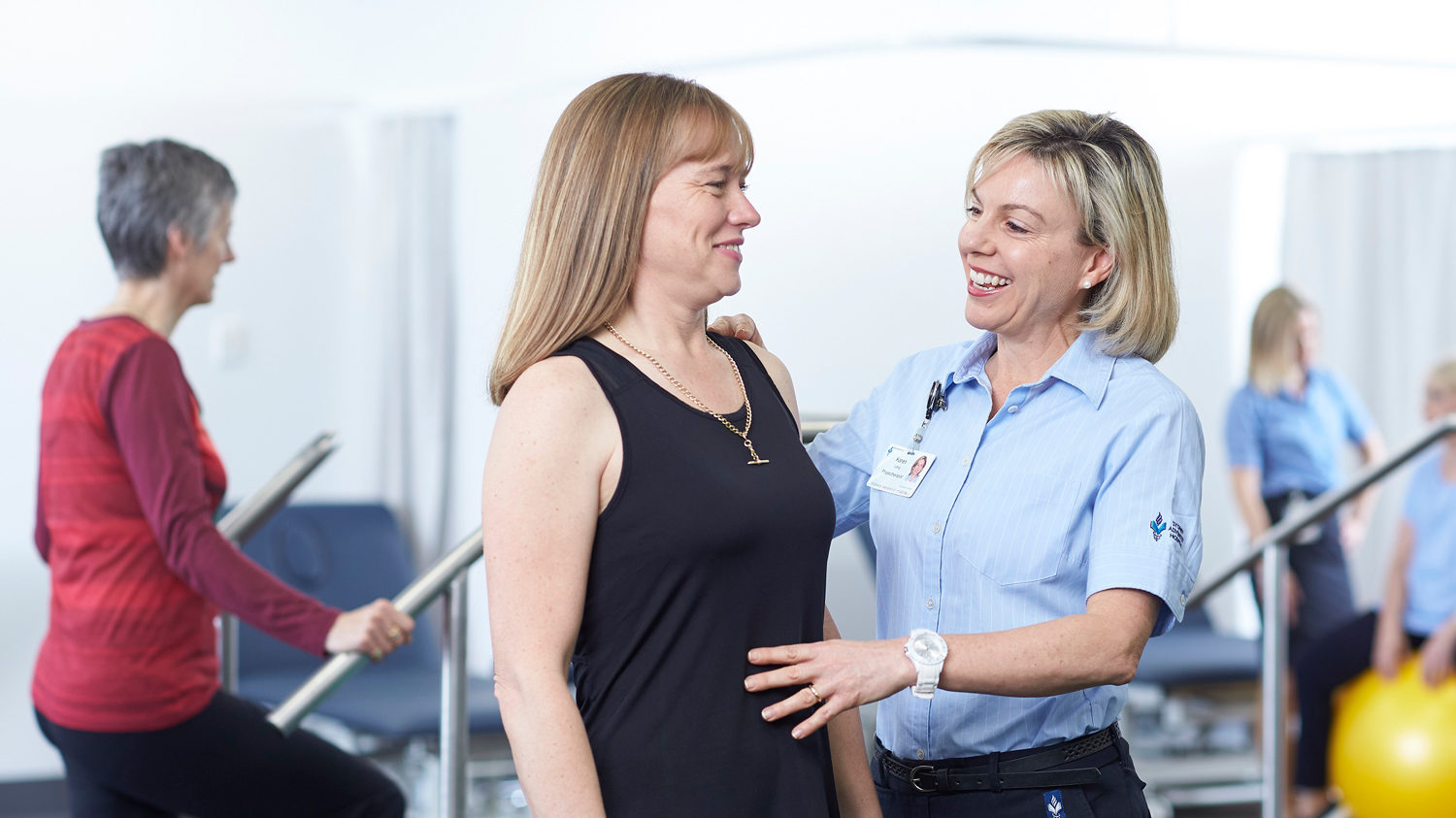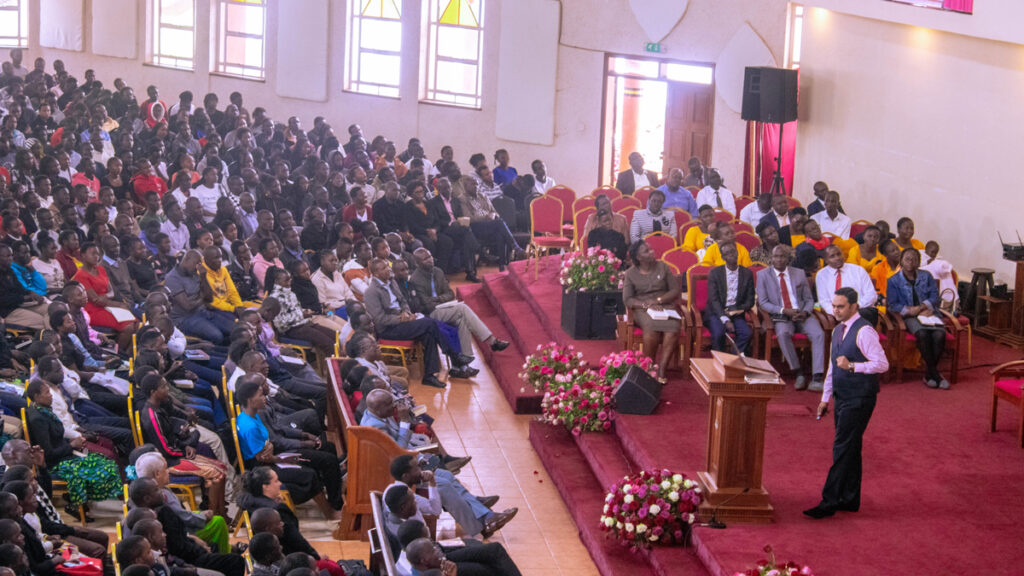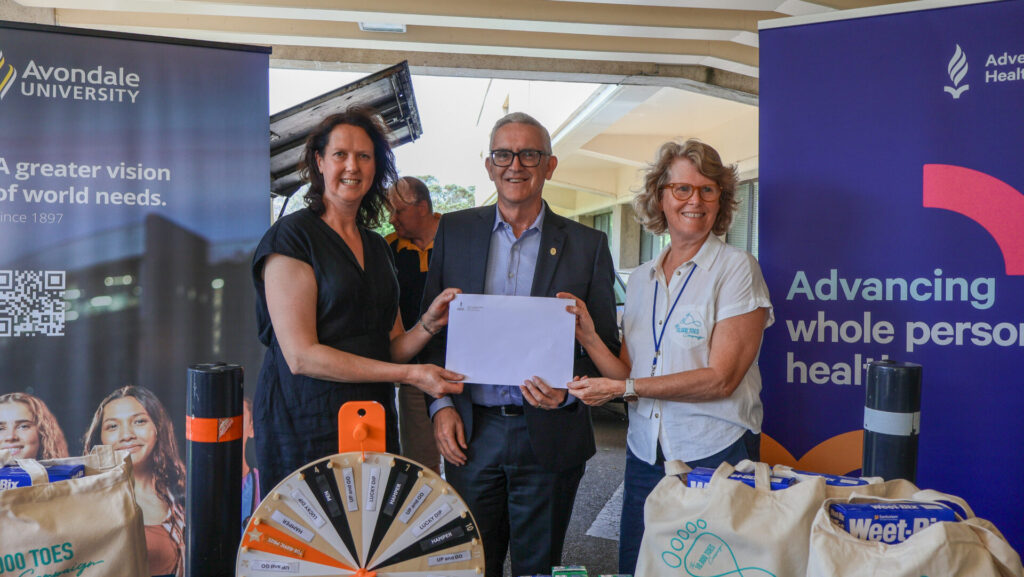Sydney Adventist Hospital has opened a $4 million rehabilitation unit for patients who have had joint, cardiac or spinal surgery.
The 48-room unit is designed to get people back to their normal lives faster and easier, and without the need to transfer to another facility, according to Dr Shari Parker, who is the new clinical director for the facility.
The purpose-built unit provides access to rehabilitation doctors and nurses, physiotherapists, occupational therapists, physiologists, social workers, a physiotherapy gymnasium, hydrotherapy centre, and areas designed for patients to practice daily activities they will face at home.
“Patients can be transferred to the unit for rehabilitation after hip, knee and other joint replacement, spinal and other major surgery. Surgeons will be able to continue to easily monitor their patients,” said Dr Parker, who has been a rehabilitation physician for 10 years.
A highlight of the new unit is the implementation of the PRIME program: Personalised Rehabilitation Individually Monitored and Evaluated. The PRIME program starts with prerehabilitation—well before the patient has surgery. It gets the patient, their family and home ready for surgery and includes education, exercise and coaching in the lead-up to surgery. Patients’ family or friends are appointed as recovery coaches to get them up and running again.

International research shows that people who do prehabilitation before joint replacement surgery have better and faster outcomes.
“We want people to achieve their personal best, whatever that means for them. A program that provides specialist assessment of an individual’s needs will help do this,” Dr Parker said.
“Until now there has been little consideration given to prehab before orthopaedic surgery in Australia. The San’s PRIME program really is pioneering.”
Hospital general manager Brett Goods said having this unit on-site “completes the San circle of care for our patients”.
“Having screening, diagnostic, medical and surgical treatments, and now rehabilitation in one location means our patients leave us really ready to go home,” he said. “We planned it recognising that our community is living, working and playing longer . . . They don’t want lack of agility stopping them getting back to their tennis, golf or grandkids.”
Since 1993, knee replacement surgeries have doubled every 10 years—with more than 51,000 being performed in Australia in 2013.
Likewise between 2003 and 2013 there was almost a 50 per cent growth in the number of hip replacements and both types of surgeries are being performed on patients older than the average age 10 years ago.






